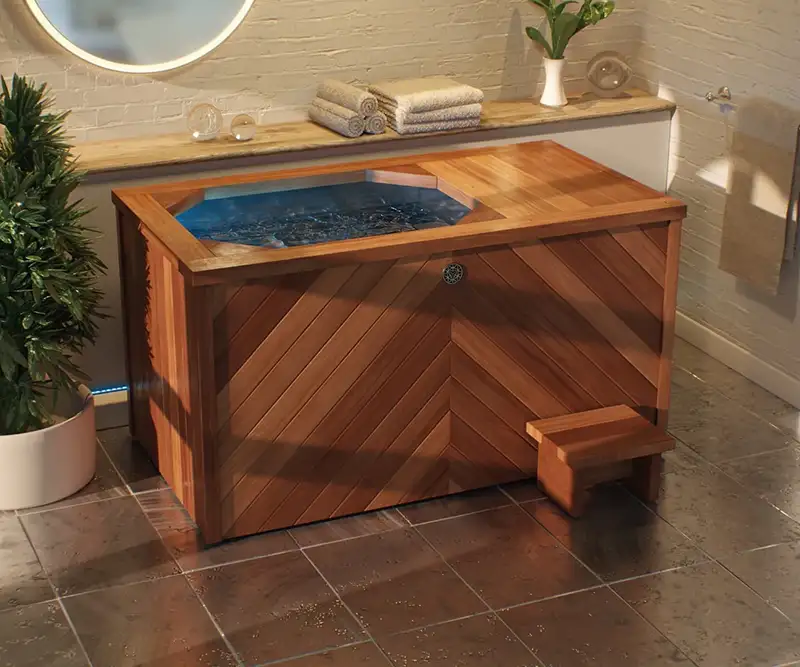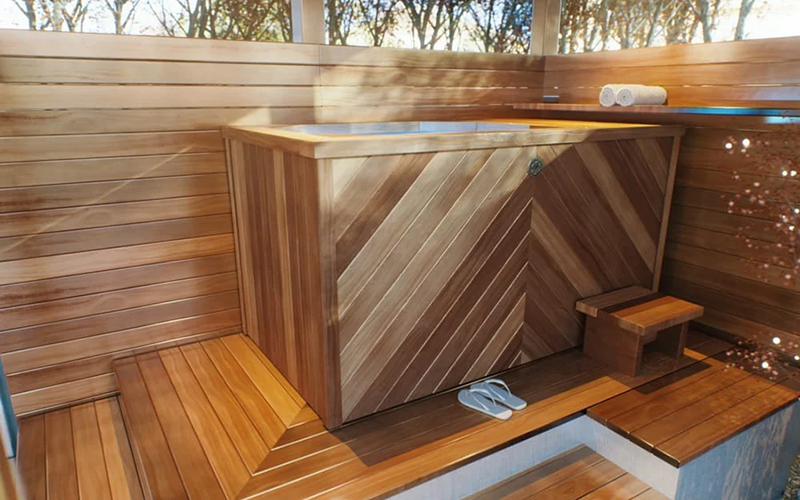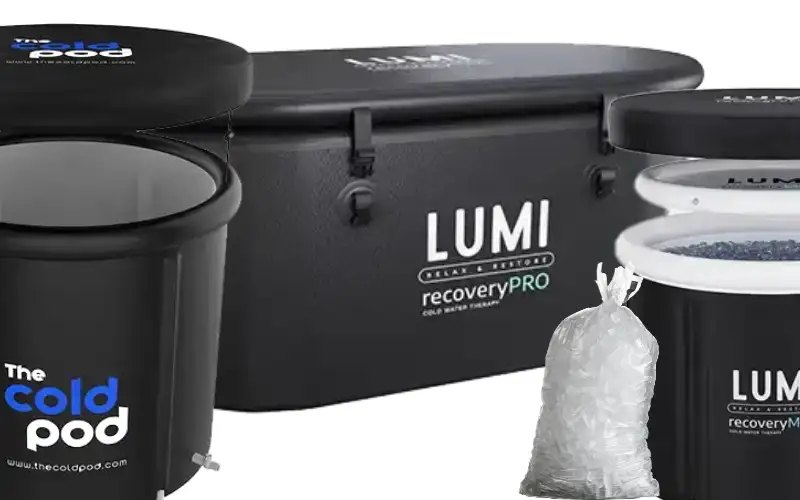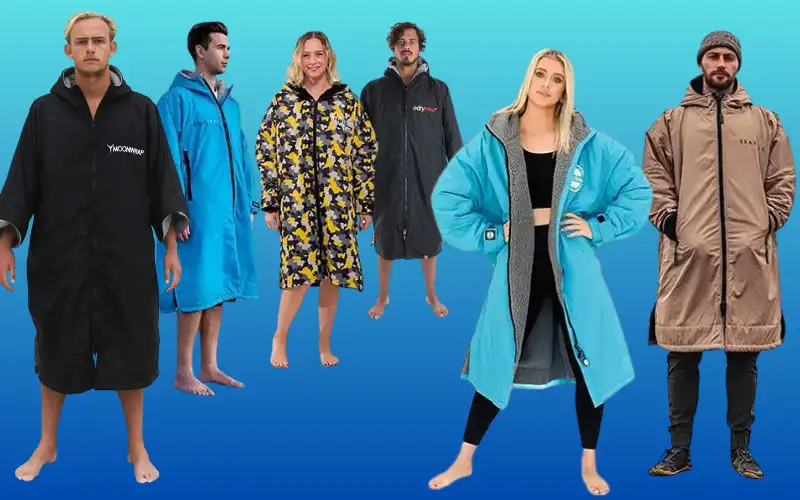It was just after eight when the office door clicked open.
I woke with that sudden jolt of guilt you get when you’ve been caught, a split second of confusion before the world came rushing back. My boss stood in the doorway, takeaway coffee in hand, watching me sit up and try to look alert.
“You all right, mate?” he asked, his voice more concerned than annoyed.
I nodded, rubbing my eyes. “Yeah… baby was up all night.”
He gave a small smile, the kind that says I’ve been there, and left me to it.
I’d been arriving early for months, long before anyone else. Not to get ahead, but to find quiet. It was the only hour of stillness in my day, the only time I wasn’t holding a crying baby, rushing to work, or collapsing into bed. Some mornings I’d just sit in the glow of the monitor, eyes closed, listening to the hum of the air conditioning. It felt like the only place I could breathe.
The stillness helped me cope, but it didn’t change the fact I was running on fumes. I was exhausted, heavy, permanently aching. My body felt older than my years, bloated and inflamed from stress and bad habits. I lived on caffeine and adrenaline, half present at work and barely functioning at home. At thirty, I felt like I’d already burned out.
The Search for Something That Worked
I started drinking more, which helped for a moment, until it didn’t. Then I swung the other way, quitting completely, chasing purity like a new religion. I over-corrected, as I often do. I purged my diet of everything “toxic,” counting every macro and micro nutrient. I lost weight, gained control, and felt powerful for a while. But deprivation is a fragile foundation. The cravings came, the guilt followed, and before long I was back to crashing on the sofa before dinner, leaving my wife to handle everything I couldn’t.
I remember thinking: How can I be this tired all the time? How can everyone else seem fine?
That’s when I picked up The 4-Hour Body by Tim Ferriss. I wasn’t looking for enlightenment, just a way to sleep deeper. If I couldn’t get more hours, I wanted to make the hours I had count. Ferriss mentioned cold therapy and how it could improve recovery, metabolism, and sleep quality. I’d heard of people using ice baths for muscle soreness, but the idea that cold water could actually help me sleep was new.
The First Ice Bath
So one night, after reading about it, I decided to try. I filled the bathtub with ice bags from the supermarket and lowered myself in. The shock was instant. My breath disappeared, my heart punched at my ribs. I’d prepared myself, but the body doesn’t care about preparation, it cares about survival. I lasted maybe two minutes before jumping out, exhilarated and shivering, wondering what I’d just done.
That night, I slept like I hadn’t slept in years. Deep, uninterrupted, restorative sleep. My app confirmed it, a long stretch of slow-wave rest I hadn’t seen before. It worked. I woke the next day calmer, clearer, and a little more alive. It was the first time I’d felt any sense of control over my energy in months.
Turning Cold Therapy into a Routine
But turning it into a habit was another story. I didn’t have room in the freezer for mountains of ice, so most nights I’d head out after the kids were asleep, driving to whatever supermarket or corner shop still had a few bags left. Often they’d already sold out, and I’d come home empty-handed, frustrated, knowing how much better I’d sleep if I could just get it done.
When I did manage to find ice, I’d drag the heavy bags through the door and pour them into the same bathtub my kids used, still dotted with rubber ducks and toy boats. The house would be silent except for the crack and hiss of melting cubes. I had to be quiet, careful not to wake the children. The water never felt quite right, sometimes lukewarm, sometimes painfully sharp, and I could never get the ratio right.
Every session felt like a small logistical mission: clean the tub, run the water, carry the bags, measure the temperature. It was exhausting before it even began. And while the cold exposure itself was powerful, the routine felt unsustainable. I wasn’t looking for another task; I needed something that worked with my life, not against it.
The hardest part wasn’t the cold, it was the friction. The sense that, even though I knew this thing could help me, it demanded more willpower than I had left at the end of the day. My body already associated bedtime with fatigue and defeat; adding a twenty minute ordeal to the mix turned a healing ritual into another task to survive.
And that’s the problem with DIY health routines. You can have all the discipline in the world, but if every step feels like a battle, the brain quietly files it under resistance. One skipped night becomes two, then a week. The tub collects dust, and the guilt creeps back in.
Redefining the Environment
Eventually, I tried one of those cheap pod style ice baths, the collapsible kind you can use outdoors. It felt like progress, but the same problems followed: cloudy water, fluctuating temperatures, endless cleaning. What started as self-improvement began to feel like maintenance.
That’s when I realised it wasn’t me that was inconsistent, it was my environment.
So I decided to change it.
I invested in a proper setup — one that would stay clean, stay cold, and always be ready. It wasn’t about luxury, it was about consistency. Having the setup ready changed everything. The resistance disappeared overnight, and what had once felt like an effort suddenly became a natural part of my day. I wanted the benefits of cold therapy for better sleep, sharper focus, and calmer energy, without the nightly battle of logistics. I wanted the benefits of the cold without the noise around it: no setup, no mess, no excuses. And despite the cost, the setup I chose was the real gamechanger.
The Power of Routine
The first time I lifted the lid and saw the water still, clear, and waiting, it felt different. Not indulgent, intentional. I stepped in, and within seconds all that logistical noise evaporated. The resistance was gone. What was left was the ritual.
It felt like my time. No phone, no noise, no chaos. Just cold, breath, and presence.
I used to think of cold as punishment; now it’s the most grounding part of my day. The water hits, the mind resists, and then everything softens. Thoughts dissolve. What’s left is stillness, the kind you can’t find scrolling or meditating or journaling. Just pure presence.
From Survival to Performance
Over time, the changes stacked up quietly. My blood pressure normalised. My weight stabilised. The fog lifted. I stopped reacting to stress and started responding to it. I stopped surviving and started performing, in work, in relationships, in life.
That’s the thing about daily cold exposure: it’s not just physical. It’s psychological. Every plunge reinforces discipline, focus, and resilience. The benefits build slowly, and then all at once.
It’s been years since that man fell asleep at his desk. Now I run businesses, not from exhaustion, but from clarity. My days start with cold, but they open into calm. I’m in a new marriage, I have energy, focus, purpose.
The Philosophy of Transformation
The biggest transformation wasn’t physical; it was philosophical.
Cold therapy taught me that consistency builds freedom. That discipline isn’t restriction, it’s the removal of chaos. Every time I step into that water, I’m reminded that control over my health gives me control over everything else.
The cold still takes my breath away. But when I rise out of it, I feel alive in a way I never used to, grateful, calm, powerful, and at peace with myself.
Because transformation isn’t about becoming someone new.
It’s about finally becoming the version of yourself that was waiting beneath the noise.






